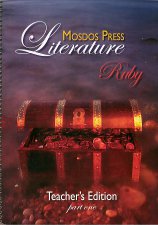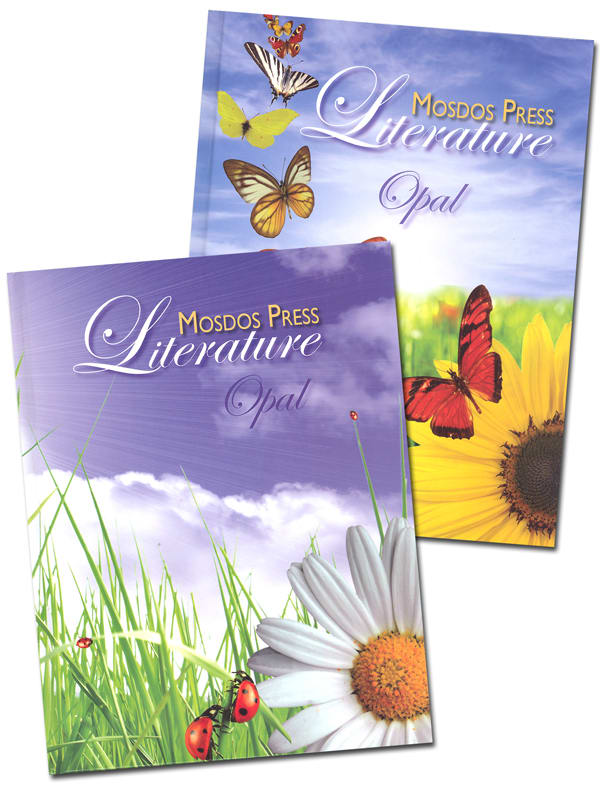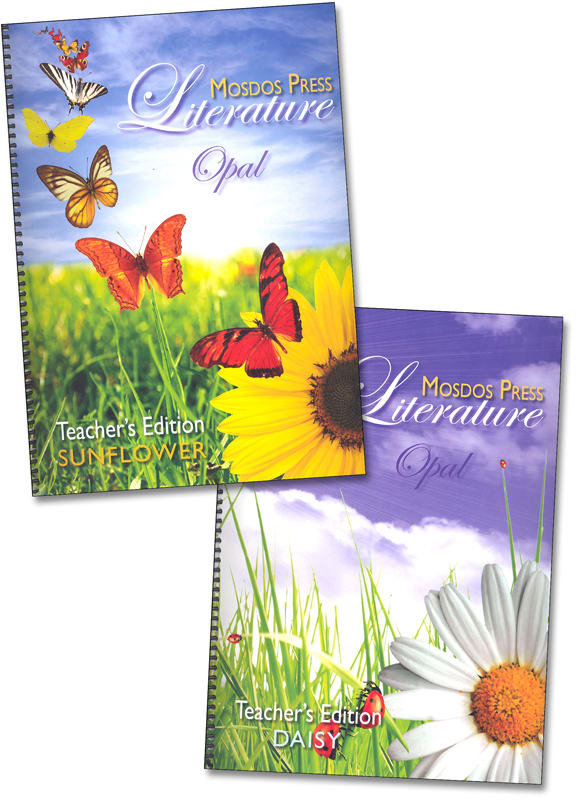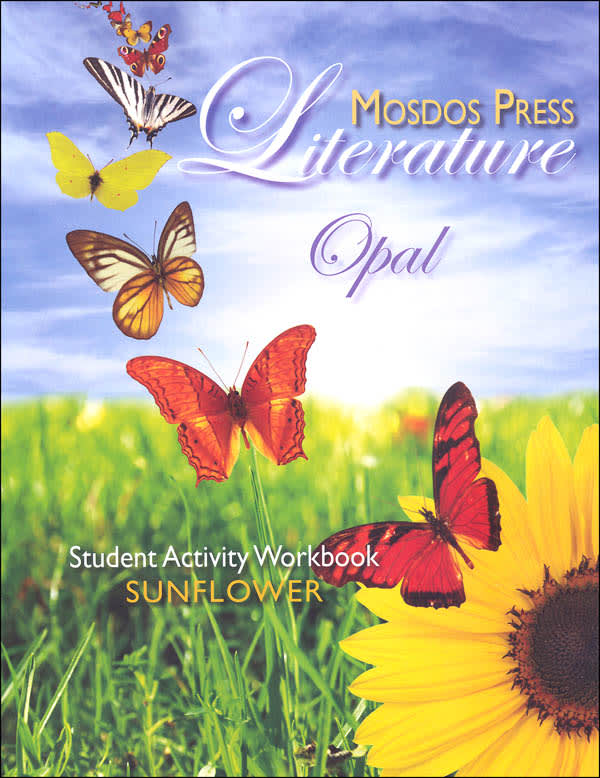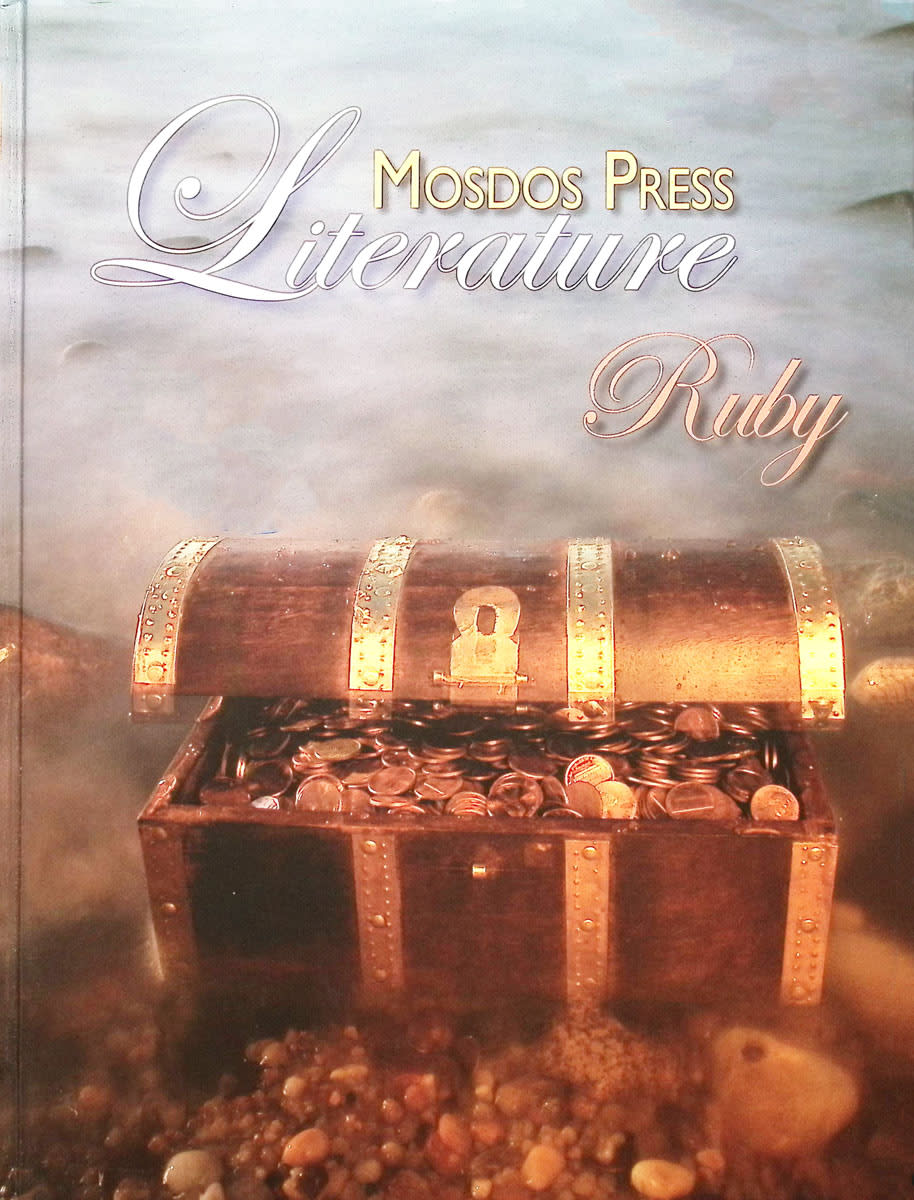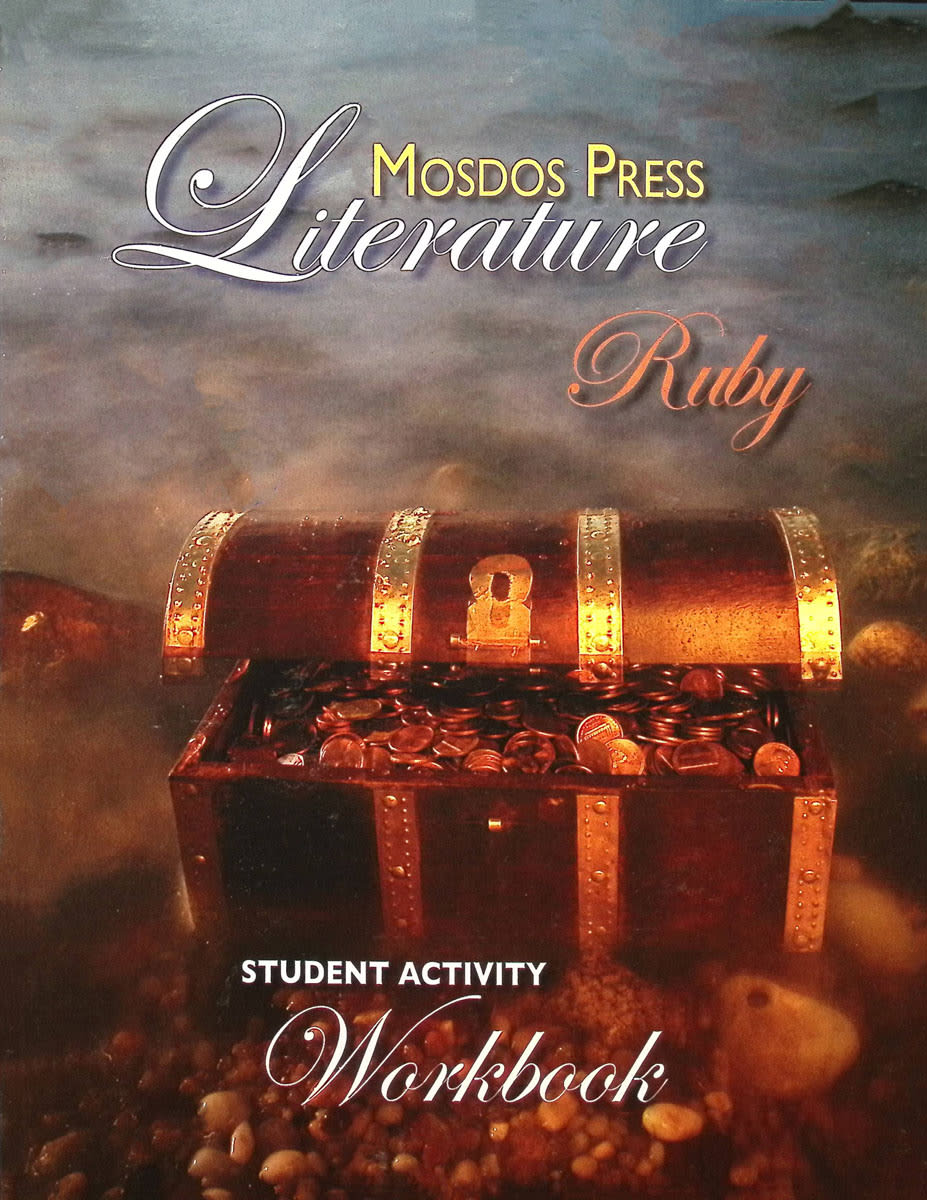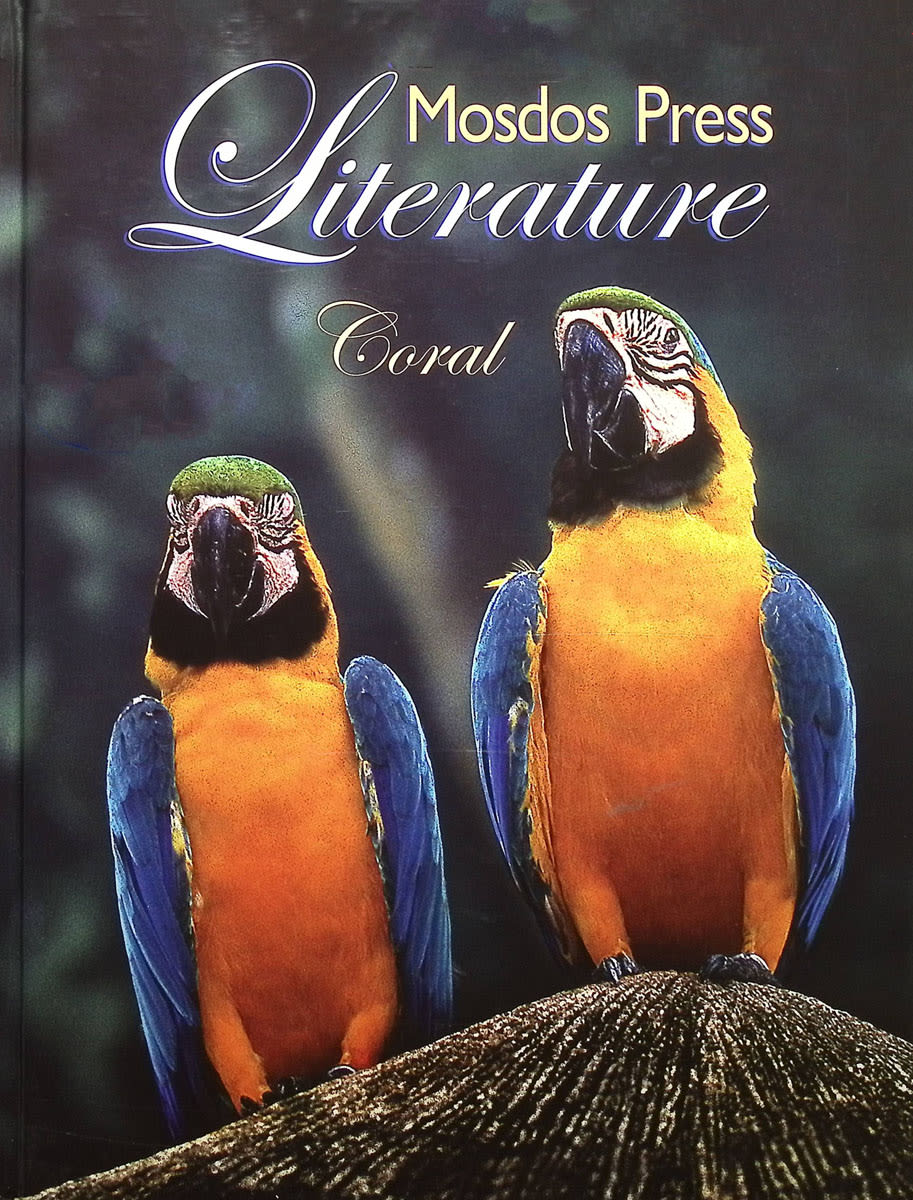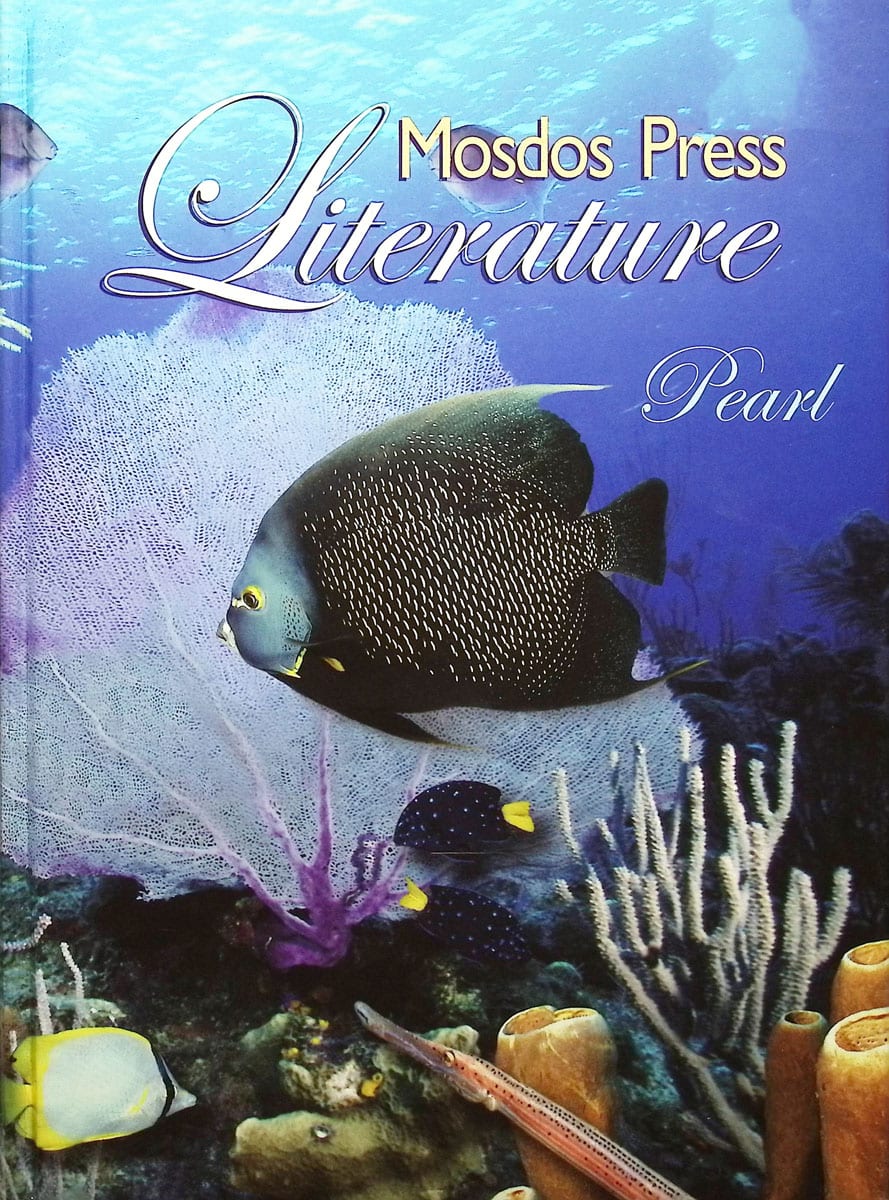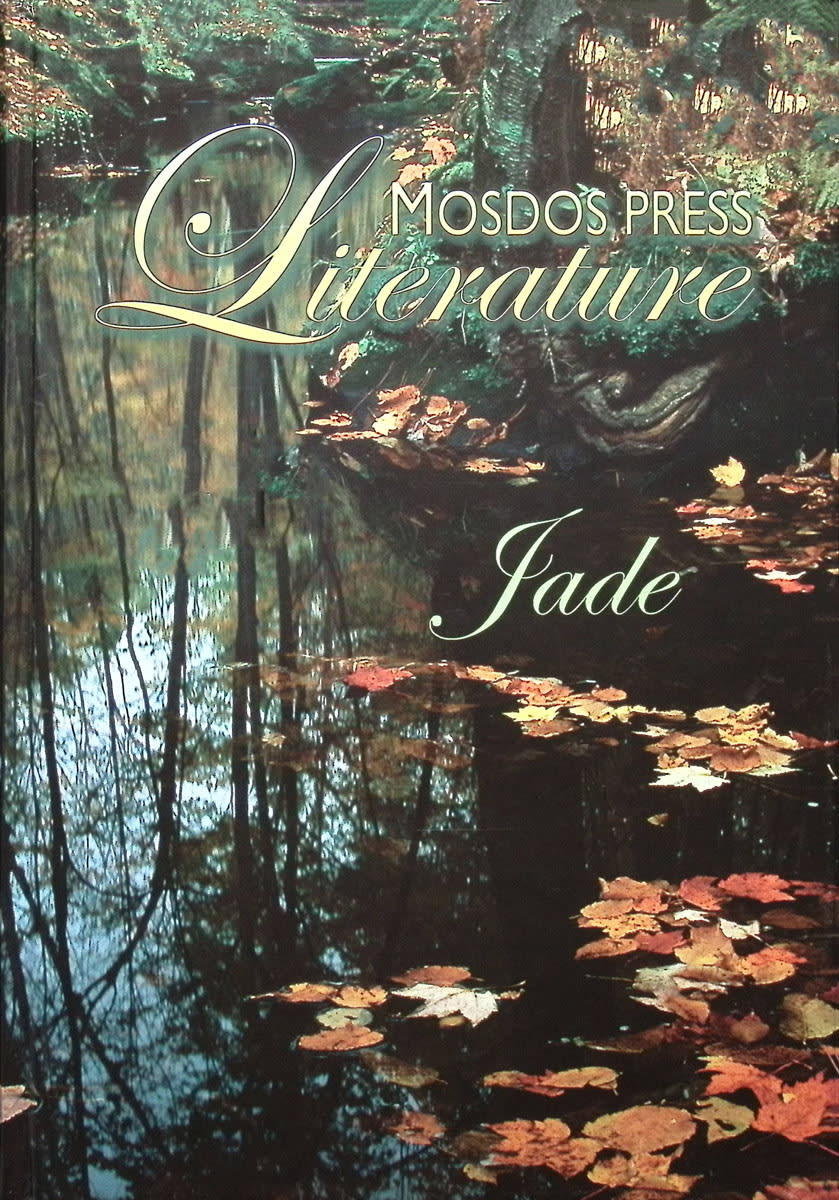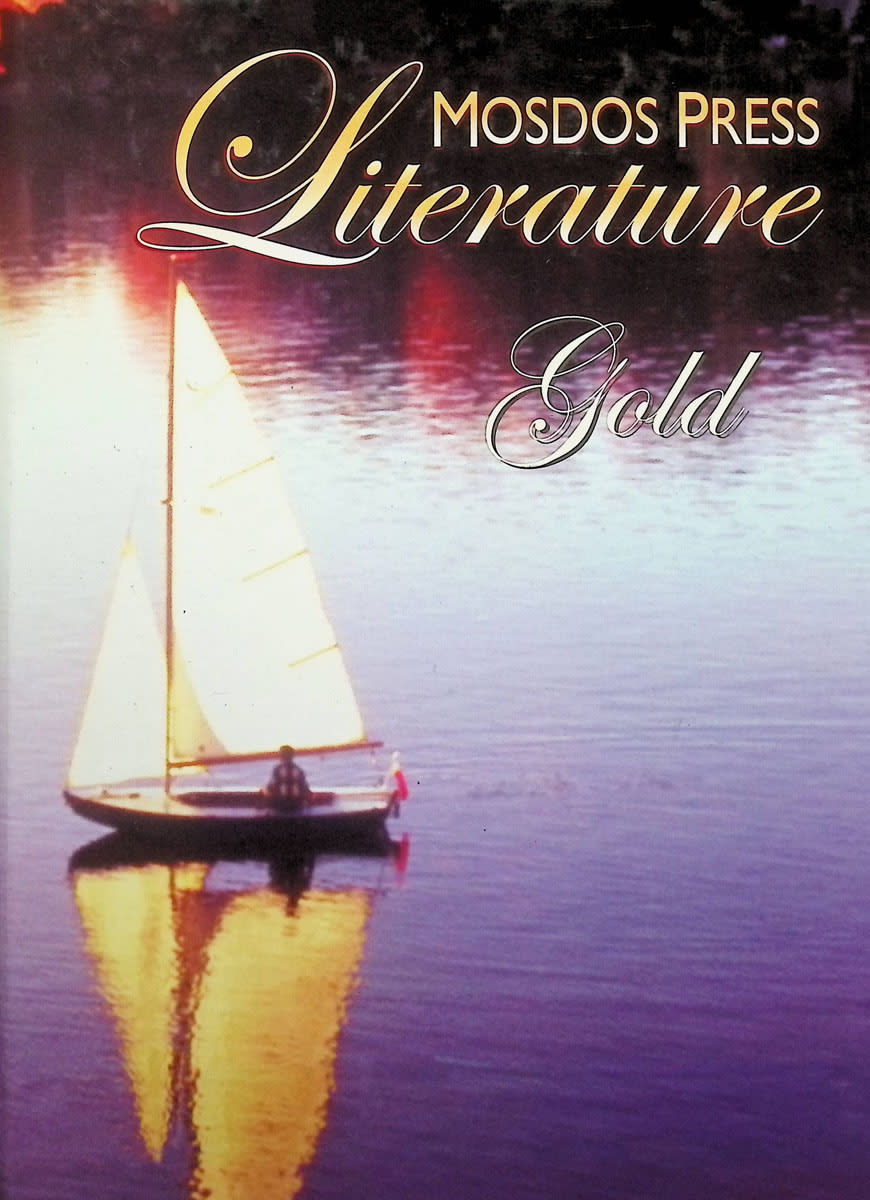Mosdos Press offers a series of literature courses for grades three through eight that have strong character-building themes but without religious content. Titles for each grade level are:
Opal (3rd)
Ruby (4th)
Coral (5th)
Pearl (6th)
Jade (7th)
Gold (8th)
Courses have hardcover textbooks that are very heavily illustrated. (Opal has two texts, with about 300 pages each, rather than one to keep the books from being too cumbersome for young students.) Each course also has a two-volume, spiral-bound teacher’s edition and a companion student workbook. For each course, there is a Test Masters CD-ROM, but these are likely too expensive and unnecessary for homeschoolers.
Student texts are anthologies with short stories, poetry, drama, nonfiction, novellas, excerpts from novels, and complete novels. Jade and Gold for grades seven and eight respectively each include a complete novel—The Voyages of Dr. Doolittle by Hugh Lofting in Jade, and The Voyage of the Lucky Dragon by Jack Bennett in Gold.
Readings are from both classic and contemporary works that are wholesome and stress positive ethical values such as caring for others, concern for the environment, and persistence. Readings in each course are presented in six units, with each unit highlighting twin themes of a character-building or ethics element and a literary element (e.g., plot, character, or setting and theme).
The ethics and character-building content is integrated throughout each lesson. For example, in Ruby, the course for fourth grade, Amelia’s Road by Linda Jacobs Altman tells the story of the daughter of a family of migrant workers and how desperately she wants a permanent place to belong. An introduction to the lesson sets the stage with this paragraph:
Have you ever worked on one of those puzzles where you have to find the person or object that doesn’t belong? In real life, no one wants to be the person who doesn’t fit in. We all want to feel that we belong to some group. This group may be our family, our neighbors, our class, or our friends. No one wants to feel awkward or excluded. Pay close attention to how Amelia feels about belonging and how that changes by the end of the story (p. 112).
There are questions in the teacher’s edition for each page of the story, so the parent or teacher should stop at the end of each page to ask the questions. Questions are both literal and analytical. The questions develop reading skills such as comprehension, drawing inferences, and making predictions, and they also guide students to consider Amelia’s plight and sympathize with her problem. Suggested answers to these questions are conveniently included with the questions in the teacher’s edition so there is no flipping to pages in an answer key.
Every story and its accompanying lesson are designed to lead children toward positive character traits. In this instance, the story teaches children to both empathize and be welcoming toward those who do not fit in or belong to a group.
Each story’s lesson is also designed to teach one literary component. This is presented at the beginning of each lesson. Teacher’s editions also have notes on other literary components when appropriate throughout each literary piece, and the parent or teacher should stop and discuss these as they encounter them. Explanations are given on the pertinent pages in the teacher’s editions and can be read directly to students if necessary.
Each story is followed by “Studying the Selection” with three sets of activities. Quick Review questions assess reading comprehension. Focus questions require thoughtful analysis. The Creating and Writing section includes some creative activities as well as questions that require oral or written answers that will generally be a paragraph or longer. These often require creative writing.
Vocabulary words that might be unfamiliar are presented in “Word Bank” boxes on the pages where each word first appears in a story. The parent or teacher should go over all of these words with students before they begin to read.
Many of the prose selections are followed by a poem that ties in with the theme or topic of the prose piece that students have just read. These poems are meant to be read and enjoyed rather than studied. However, additional poems, gathered together within one section in each course, are studied for an understanding of poetry.
There is a companion student workbook for every course, with anywhere from three to twelve pages per lesson. Worksheets vary by grade level, and there is such a creative assortment within any one book that I can’t describe them thoroughly. In brief, for third grade there are word games and puzzles for vocabulary practice, graphic organizers to complete, activities that focus on various language arts skills, and brief composition work. All levels have these components at gradually more challenging levels. Workbooks gradually decrease the puzzles and games while increasing the amount of writing. Comprehension questions for upper levels generally require full-paragraph answers, and there are full pages for creative assignments. Answer keys for the workbook pages are at the back of the teacher’s edition. Student workbooks range from about 180 to 250 pages each. However, the student workbook for sixth grade is about twice as long as the others. In addition to the material similar to that in the other workbooks, it has 25, one-page prose pieces plus an accompanying page of questions for each piece.
Teacher’s editions have reduced images of the pages from the student texts. While they occasionally have reduced images of pages from student workbooks, those are not usually included. (I think this would be helpful, but the teacher’s editions are already so large that it could just make them overwhelming.)
A teacher resources section at the back of each teacher’s edition has additional background information for some of the literary works—historical, scientific, or cultural—that might help students better understand the context of the stories. You can use this information as you please.
“Jill’s Journal” appears periodically in all courses. These are written as if they were first-person narratives written at the time or place of the story that has just been read. For example, a story that discusses endangered animals is followed by a Jill’s Journal entry about the creation of an actual elephant sanctuary in Tennessee. This is followed by an activity where students take extensive information provided about the food eaten by the elephants in the sanctuary and put it into a chart format. Students conclude by tabulating how many pounds of different types of food elephants eat each day. (Ruby, pp. 175-179).
Mosdos Press’s Literature series is very comprehensive and very nicely put together. It should be easy for inexperienced parents or teachers to use the program by following the lessons in the teacher’s editions. While the stress on character, attitudes, and environmentalism sometimes feels a little overdone, the overall tone of the literature is very positive and uplifting. These courses should appeal to both secular and religious homeschoolers.





